We’re diving into the world of illusion museums, where things can really mess with your mind. These places have mind-bending images and displays that play tricks on your senses. They show how our brains make sense of what we see. Or to put it simply, how we see things. Ready to explore the top 10 illusion museums around the world?
These museums mess with your head by making you see things that aren’t really there. The word “illusion” comes from Latin and means to trick. So, these places are all about tricking your brain.
In this article, we’re taking you on a tour of the top 10 illusion museums worldwide. These spots make you see things that aren’t real and also show how our brains figure out the world around us. Basically, they help us understand how our brains handle what we see
The Museum of Illusions, Athens

Visiting Athens? Amidst exploring the historical Acropolis and Monastiraki Square, don’t miss the chance to be bewildered at the Museum of Illusions. Nestled in the heart of Athens, it’s the perfect complement to your sightseeing adventure.
The Museum of Illusions, Busan
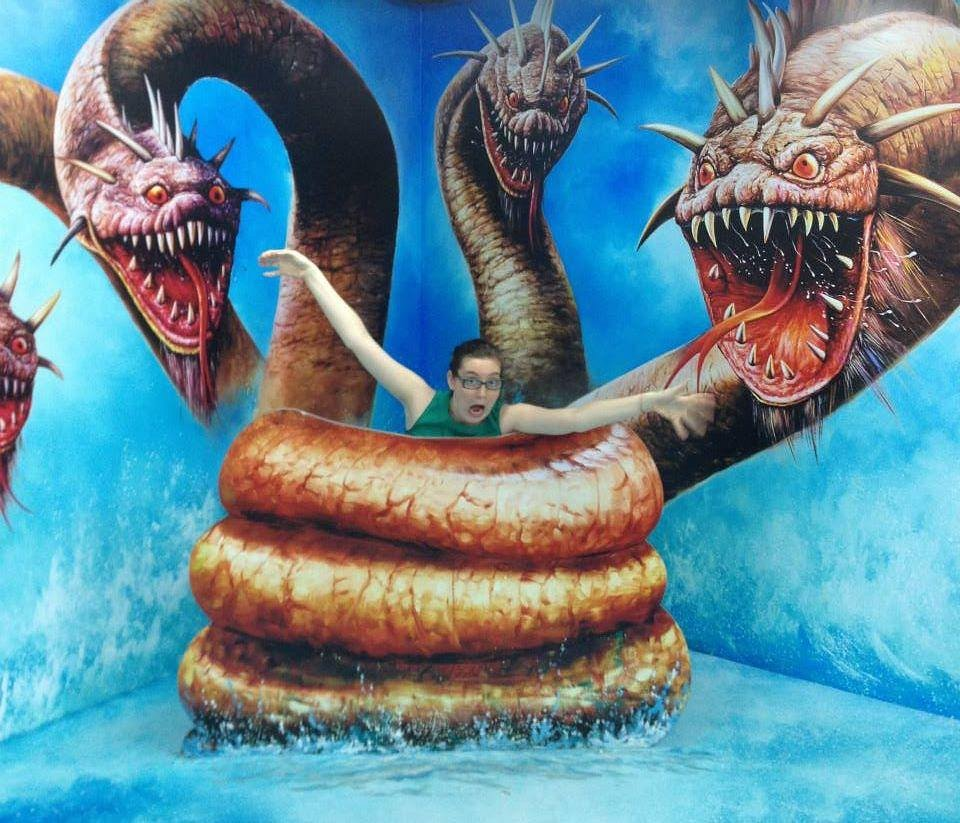
Nestled along the Busan coastline, surrounded by the enchanting Museum 1, Busan Museum of Art, and GoEun Museum of Photography, the Museum of Illusions in Busan offers an enchanting addition to your city exploration.
The Museum of Illusions, Madrid
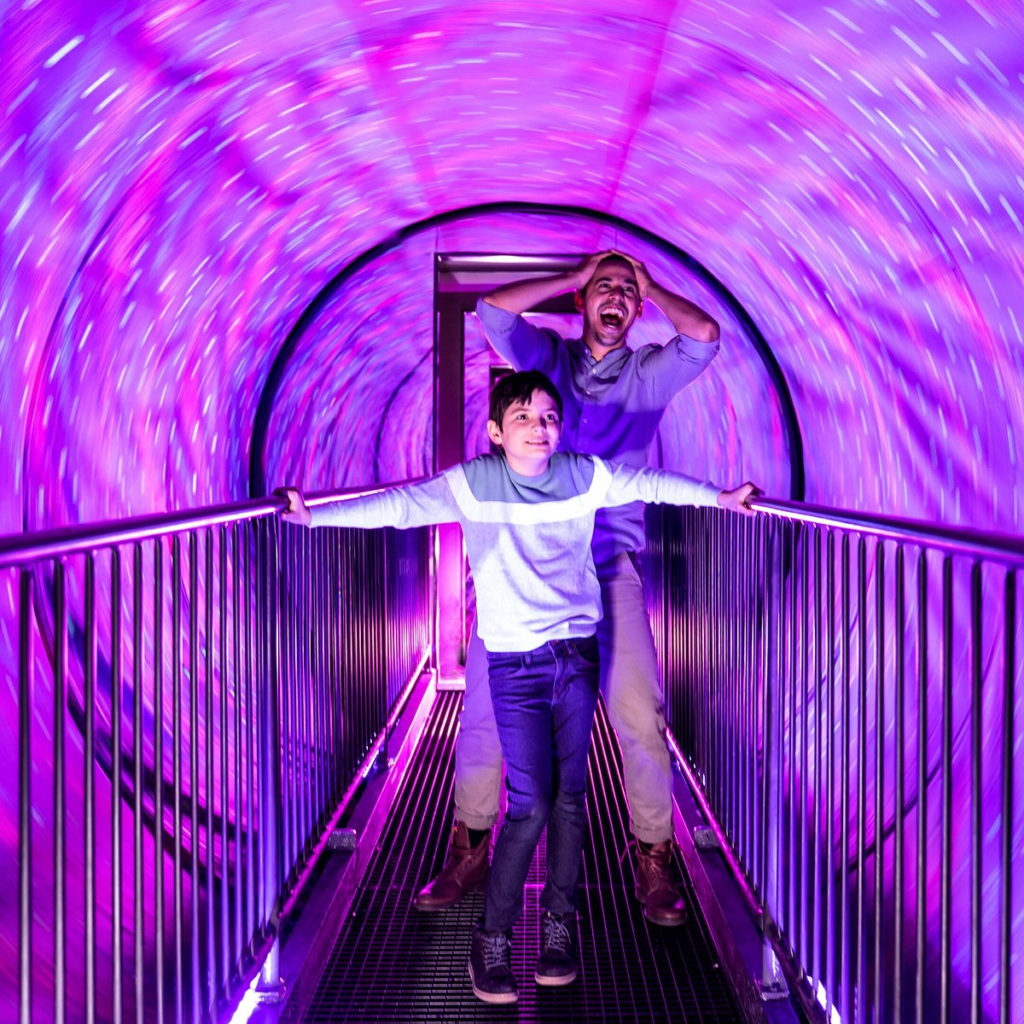
Close to Madrid’s Plaza Mayor, the Museum of Illusions in Madrid stands as a premier illusion hub. Here, you can immerse yourself in entertaining optical challenges, a delightful escape from the city’s hustle and bustle.
The Museum of Illusions, Shanghai
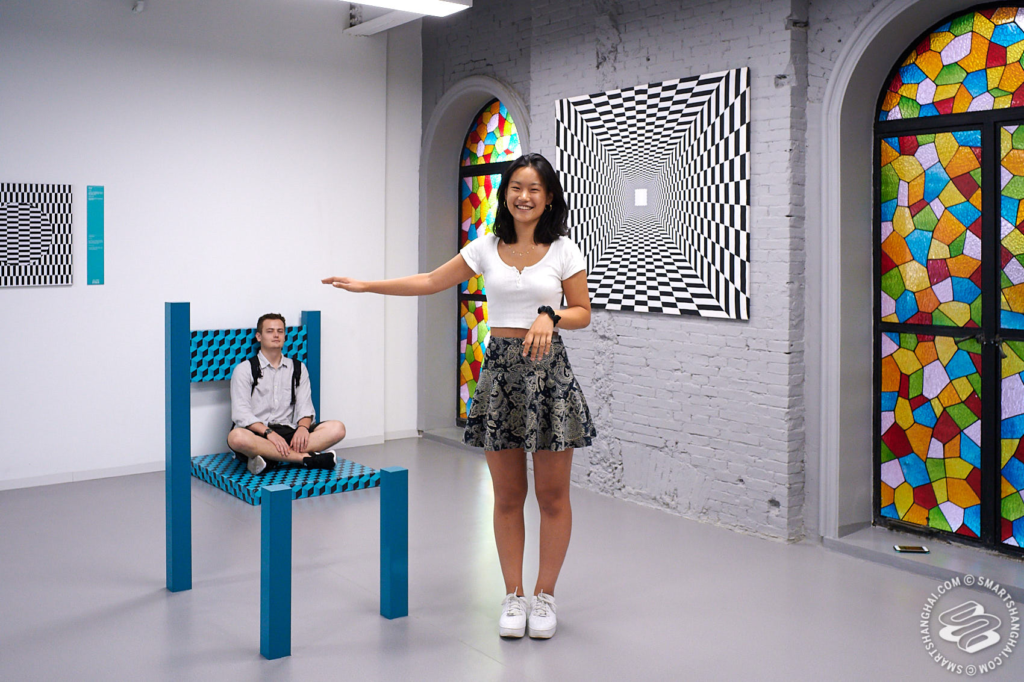
In the vibrant city of Shanghai, the Museum of Illusions offers an array of illusion exhibits. Notably, their Dilemma Games series, consisting of 80 puzzles and brain teasers, provides an engaging twist to your visit.
The Museum of Illusions, New York
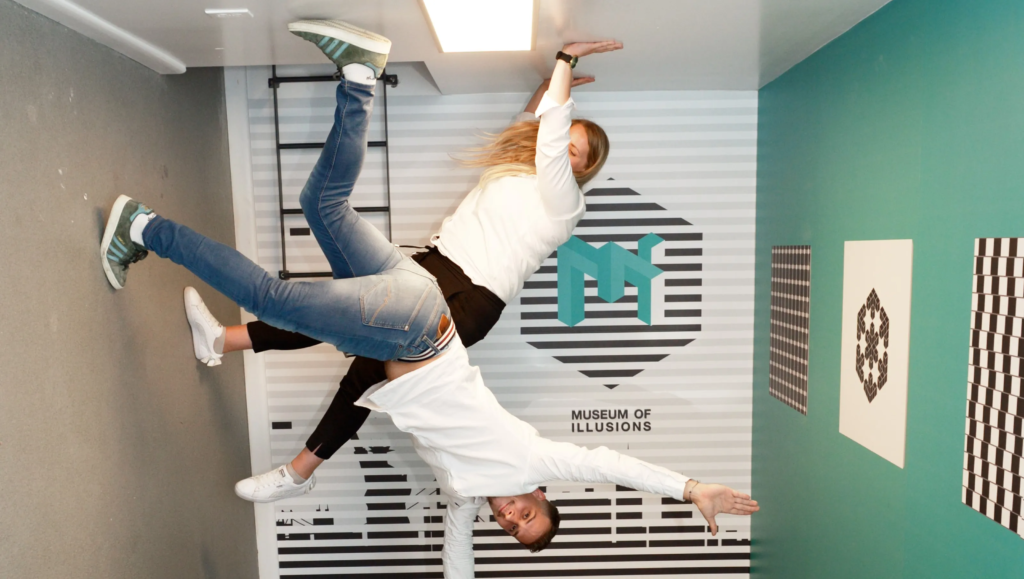
Nestled in Manhattan’s West Village, the Museum of Illusions in New York invites you to lose yourself in the realm of optical enchantment. Amidst Manhattan’s urban beauty, indulge in playful mind-bending activities.
The Museum of Illusions, New Delhi

In India’s capital, the Museum of Illusions stands as the pioneer in illusion exploration. From kaleidoscopes to infinity rooms, this museum beckons you to delve into a world of visual deception.
The Museum of Illusions, Dubai

Dubai’s allure extends beyond skyscrapers like Burj Khalifa. The Museum of Illusions adds to the city’s charm with its array of activities, promising an entertaining hour or two.
The Museum of Illusions, Cairo

Amid the shadows of the Great Pyramids, the Museum of Illusions in Cairo offers a unique, offbeat experience. Lose yourself in the intrigue of the Ames Room and Anti-Gravity Room.
The Museum of Illusions, Istanbul
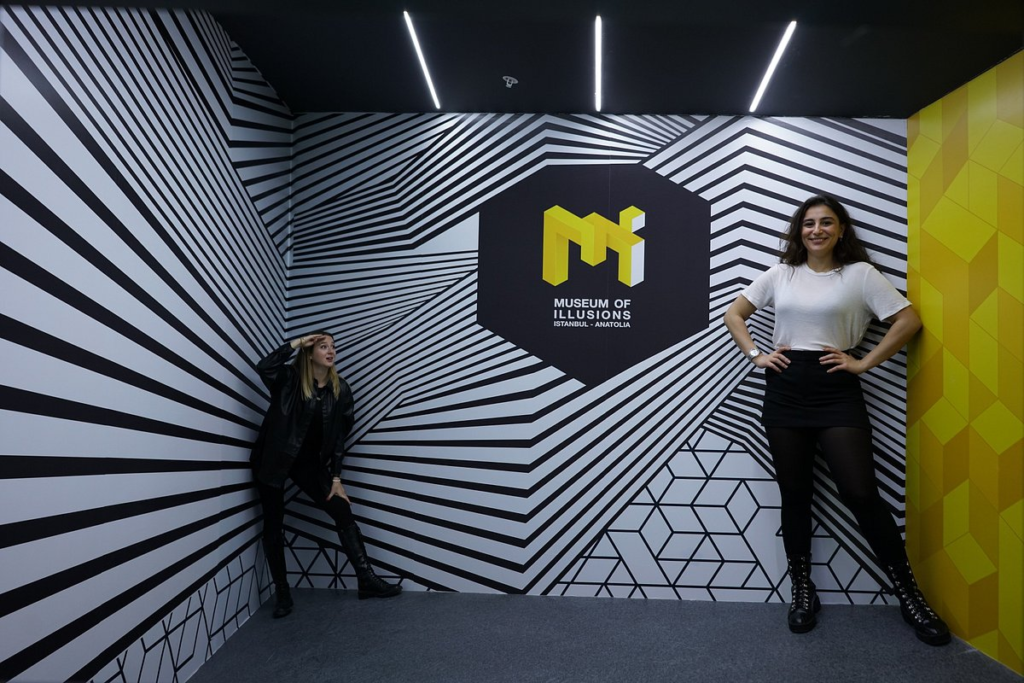
Situated on the famous Istiklal Caddesi, Istanbul’s bustling street, this museum boasts over 60 illusion types. Take your time; a couple of hours here are well worth it.
The Museum of Illusions, Budapest
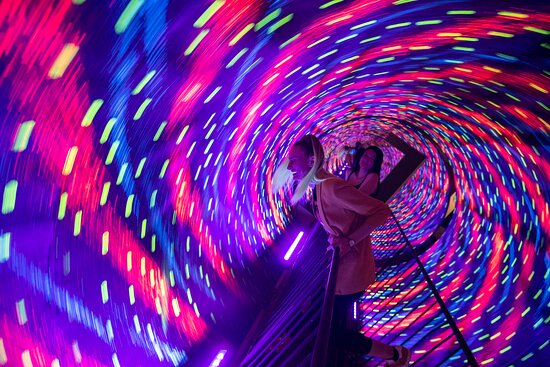
Budapest’s rich historical tapestry includes cathedrals and landmarks, but for a cerebral adventure, head to the Museum of Illusions. At its heart, you’ll find an array of optical wonders that’ll keep your mind dancing.
From Athens to Budapest, these museums of illusion transport you to a world where reality twists and bends. Unveil the inner workings of perception as you marvel at optical marvels. Embark on a journey that challenges your senses and expands your understanding of the mind’s intricate mechanics.
FAQs
What are illusion museums?
Illusion museums are places where you can see mind-bending images that play tricks on your senses. They help you understand how our brains process what we see.
How do illusion museums work?
These museums use clever tricks to make you see things that aren’t really there. They create optical illusions that mess with your brain’s understanding of reality.
Why visit illusion museums?
Visiting illusion museums is a fun way to challenge your mind and see things in a new light. They offer a unique experience that’s different from regular museums.
What’s the purpose of these museums?
The main purpose is to show how our brains process visual information. They teach us how easily our senses can be fooled and how our perception works.






